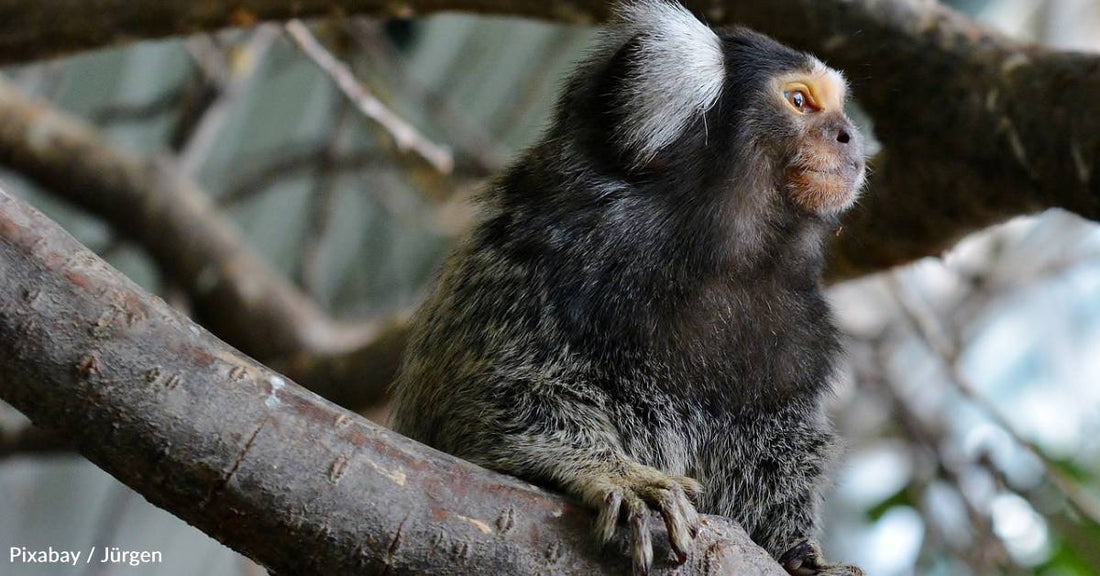South American Monkeys Found to Have Names for Each Other, Showing Higher-Level Cognitive Ability
Michelle Milliken
Pixabay / Jurgen
Humans call each other by name – a sign of higher-level cognitive function - but we’re not the only animals that do so. Dolphins, some parrots, and, more recently, elephants have been observed doing the same thing. A new study finds there may be a new addition to the list.
Research recently published in the journal Science observed marmosets – small tree-dwelling monkeys from South America – to better understand their calls. The findings showed that certain vocalizations they have, known as “phee-calls”, actually consist of labels for each other. This shines light on the vocalizations of other species and may help us understand our own language evolution.

Dr. David Omer, lead researcher from Hebrew University’s Safra Center for Brain Sciences, says, “This discovery highlights the complexity of social communication among marmosets. These calls are not just used for self-localization, as previously thought— marmosets use these specific calls to label and address specific individuals.”
To study marmoset calls, the researchers used artificial intelligence, as well as film of pairs of marmosets chatting with each other and a computer system. They found that “phee-calls” consisted of labels for their friends and that family members used similar calls for the same individuals, suggesting they learned it from each other. Further, they seemed to understand and react when someone used their own name.

The researchers believe the animals may have developed this language skill thanks to complex brain mechanisms similar to those that led humans to use language. It may also be helpful to keep tabs on each other in the dense rainforests in which they live.
Dr. Omer says, “Marmosets live in small monogamous family groups and take care of their young together, much like humans do. These similarities suggest that they faced comparable evolutionary social challenges to our early pre-linguistic ancestors, which might have led them to develop similar communicating methods.”

If you’d like to learn more about another species that uses names for each other, click here!
Michelle has a journalism degree and has spent more than seven years working in broadcast news. She's also been known to write some silly stuff for humor websites. When she's not writing, she's probably getting lost in nature, with a fully-stocked backpack, of course.




















